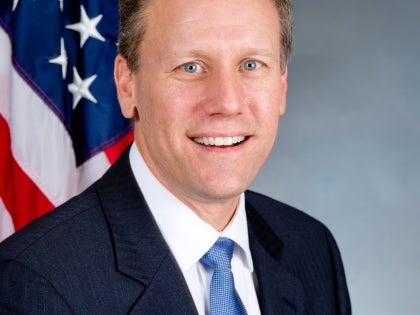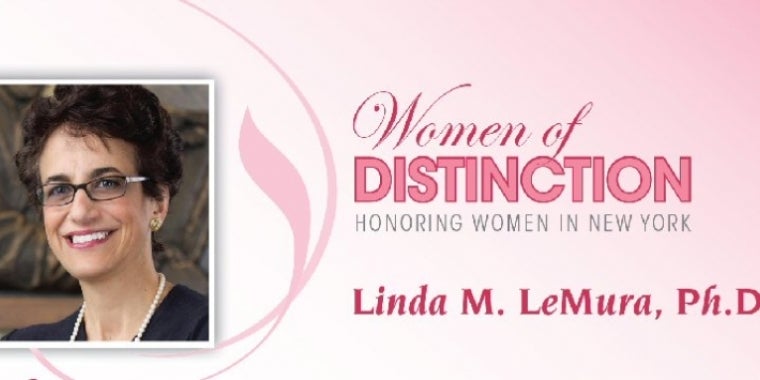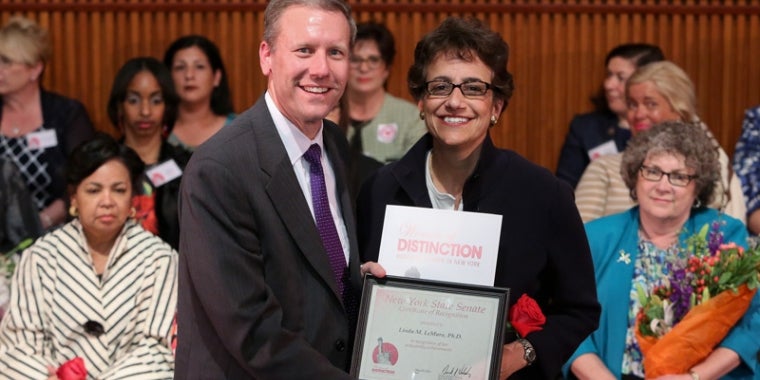
Historic Rehabilitation Tax Credit is Critical Component of Upstate Revitalization
David J. Valesky
May 27, 2009
It is not hard to describe the economic trend for Upstate New York over the last few decades. We have all watched as our main streets emptied out, our factories left town and our children moved away. These losses only increased the strains on our communities, pushing property taxes up on the businesses and families who have stayed.
It is bit harder, however, to discern what we can do to reverse this trend. There is no one answer. But there is certainly one thing we can all agree must happen to revitalize the Upstate economy and reduce the strain on Upstate urban, suburban and rural communities alike. We must make our Main Streets the economic engines they once were and foster economic development in our Upstate urban cores and villages.
To again have city and village centers that serve as economic engines, we need to implement policies that will enable the kind of redevelopment that will draw people and businesses back to our main streets and cities.
I am working with my Upstate Senate Democratic colleagues on several initiatives to do just that. The first of these initiatives is to enact a real and robust Rehabilitation Tax Credit program that will encourage and promote economic development in Upstate cities, like Syracuse, Oneida, Rome and Auburn, and in villages like Chittenango, North Syracuse and Tully.
The rehabilitative tax credit program that was passed by the Senate will provide developers and homeowners with real incentives to rehabilitate historic properties located in our urban and village cores and put these properties back to use. These tax credits could be used to rebuild downtown living space, to create centers of art and business, and to encourage the kind of main street and downtown development that will create jobs, increase property value and provide a better quality of life for all Upstate New Yorkers.
Similar rehabilitative tax credit programs in other states have proven remarkably effective, returning $3 to $5 dollars for every state dollar invested. In Rhode Island, it has been hailed as the most successful economic development program in recent history.
A few years ago, New York also adopted a limited rehabilitative tax credit. But that program was too narrow in scope to provide real financial incentives for Upstate projects. The bigger, better rehabilitative tax credit program I have proposed will make Upstate projects more economically viable, at minimal costs to the state and to taxpayers.
The program would allow tax credits on 20 percent of rehabilitation costs, to be paid over five years. The bill would also allow tax credits to be allocated within business partnerships, encouraging more investment from developers to spur project development. In addition, the available funding for these projects would rise from $100,000 to $5 million during the course of the program, which lasts five years.
This legislation would help transform run-down housing stock into thriving neighborhoods, unoccupied storefronts into entrepreneurial ventures, and dilapidated warehouses into mixed-use developments. More importantly, the rejuvenation the program will promote has the potential to drastically change the economic underpinnings of the entire Upstate economy, reversing the population loss and encouraging growth that will decrease the strain on property taxpayers. Because strong cities and villages are the foundation for strong regional economies. And that is exactly what we need to bring prosperity back to Upstate New York.
Senator David Valesky represents the 49th Senate District, and is Vice President Pro-Tempore of the New York State Senate.
##
Share this Article or Press Release
Newsroom
Go to NewsroomPhyllis Mills Creamer
May 20, 2016

Linda M. LeMura
May 11, 2016

Sen. Valesky Honors Senior Citizens
May 11, 2016

